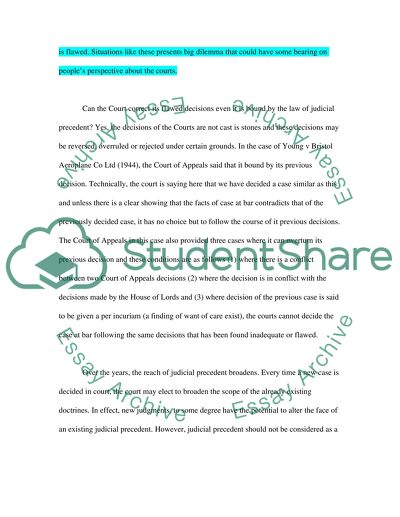Cite this document
(“Law judecial precedent Essay Example | Topics and Well Written Essays - 2500 words”, n.d.)
Retrieved from https://studentshare.org/miscellaneous/1555963-law-judecial-precedent
Retrieved from https://studentshare.org/miscellaneous/1555963-law-judecial-precedent
(Law Judecial Precedent Essay Example | Topics and Well Written Essays - 2500 Words)
https://studentshare.org/miscellaneous/1555963-law-judecial-precedent.
https://studentshare.org/miscellaneous/1555963-law-judecial-precedent.
“Law Judecial Precedent Essay Example | Topics and Well Written Essays - 2500 Words”, n.d. https://studentshare.org/miscellaneous/1555963-law-judecial-precedent.


